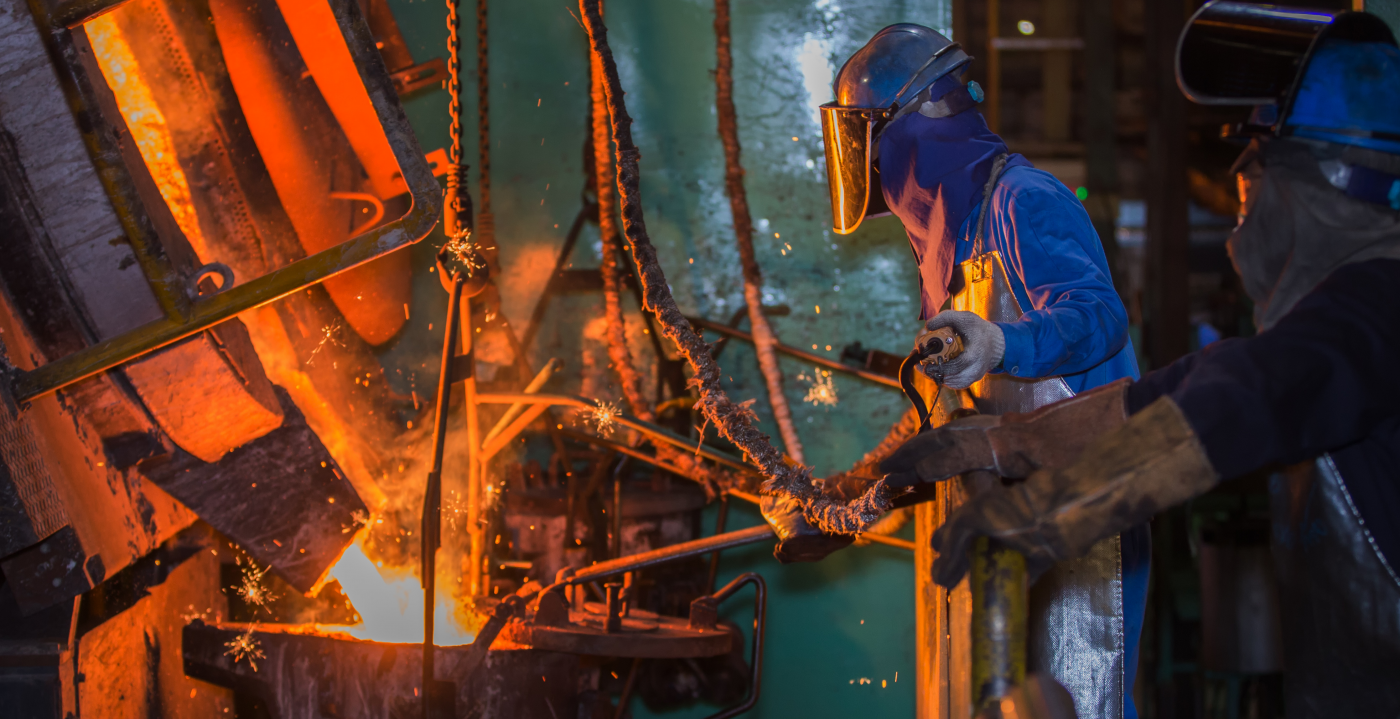
The use of pultruded materials has instigated a lot of discourse about its environmental benefits, however, there’s a gray area about the end of their useful life. Can they be reused then?
Fiber-reinforced polymer (FRP) composites have the possibility of being recycled through pultrusion, by grinding and thermal reclaiming of fibers. The current options produce dense components which have great tensile strength.
This article will take a look into the current efforts for recycling, reuse, and recovery of composites.
A lot of recycling methods for composites involve chemically dissolving (solvolysis) or burning (pyrolysis) the resins from the composites part so that the fibers can be further reclaimed and reused.
Other efforts in recycling are exploring the repurposing end-of-life (EoL) composite parts entirely, to achieve different goals so as to –
- Retain as much of the mechanical properties and the original fiber.
- Reducing the cost of processing
- Reduction of the carbon footprint of the recycling process

The following is a summary of such efforts:
Energy Recycling (incineration method)
This method essentially converts the waste to cement raw materials through a complex methods of crushing and burning. Here, the FRP waste is crushed into a powder of particle size 10 mm, then blown in a cement kiln as a fuel for combustion. The remainder can be later used as a raw material for cement.
A part of FRP is converted into energy, which reduces fuel consumption and carbon dioxide emissions. Due to the high heat, there are no harmful fumes as well. Thus the air pollution factor is quite low.
Physical recycling method
In this method, FRP waste is crushed into powders with different particle sizes and used as fillers for composites like building materials and thermal plastic. The benefit of this process is the low cost, its simple process, and avoidance of secondary pollution into the environment.
But the cost to manufacture the micro powder by crushing the materials can be quite high. Additional disadvantages include, that when the micro powder is added to the FRP products, the final strength is drastically reduced.
Chemical Recycling
This method aims at pyrolyzing the FRP waste in an oxygen-free or ultra-high vacuum environment, to decompose the waste into unsaturated polyester raw materials, glass fibers, and fillers.
Unsaturated polyester raw materials and fiberglass can help in the remaking of FRP profiles. Fillers can be used for agricultural fertilizers to balance the acidity and alkalinity in-ground, and they can also be used as raw materials for composite materials. Thus far the chemical recovery method is considered to be the most promising technology amongst the others.
Rely on the Crest Quality
As the technology progresses with time, the innovated, pultruded products are garnering a great performance reputation and eco profile. As the awareness about the benefits of the sustainability of the product grows, so will the industry.
As for innovation, whenever that is considered Crest emerges as a pioneer in the field with its strongest foot forward always in the realm of eco-friendliness and global quality of the products for your business needs
Contact Us
Website: www.crestresins.com
Phone: +91 9879233188
Email: enquiry@crestresins.com
Address: 605/A, 6th Floor, Tower D, Times Square Grand Office, Sindhubhavan Marg, Near Taj Hotel, Ahmedabad, Gujarat – 380059

